How to Master the Art of "Dialing" in Coffee
There's nothing quite like the exquisite experience of sipping on a cup of freshly brewed coffee. If you're a fan of these moments, specialty beans require a different level of precision and care when it comes to grinding.

Welcome to the world of "dialing in" your coffee, a journey where precision meets passion, and where the art of coffee making truly shines.
The Beauty of Specialty Coffee Beans
Before we dive into the details of dialing in coffee, let's take a moment to appreciate what makes specialty coffee beans so special. Unlike regular coffee, which is often a blend of various beans, specialty coffee is made from carefully selected single-origin beans, each with its unique flavor profile. These beans are often grown in ideal conditions, meticulously processed, and roasted to perfection. The result? A cup of coffee that's bursting with complex profile taste notes and exquisite aroma to fill your place.
The Crucial Role of Grinding
One of the key aspects that differentiates specialty coffee is the precision with which it's prepared. And grinding plays a pivotal role in this process. When you grind coffee beans, you're essentially breaking down the beans into smaller particles. The size of these particles profoundly affects the extraction process, which, in turn, determines the flavor of your coffee.
The Science Behind Dialing In
Dialing in coffee is the process of adjusting your grinder to achieve the perfect grind size for a particular batch of coffee beans. The goal is to extract the ideal amount of solubles (the compounds that give coffee its flavor) without over-extracting or under-extracting. Over-extraction can result in a bitter, astringent taste, while under-extraction leads to a sour, weak brew.
The first step in dialing in is understanding the characteristics of your beans. Specialty coffee bags often come with detailed information about flavor notes, roast profiles, and recommended brewing methods, we will try to gather information from the roaster that delivers the best extracting method. This information can serve as a valuable starting point.
Experimentation is Key
Now comes the fun part—experimentation. Start by selecting a grind size that corresponds to your chosen brewing method. For instance, a fine grind is ideal for espresso, while a coarse grind suits French press. Then, prepare your coffee as usual and taste it. Take note of the flavors, acidity, bitterness, and body.
Why does my coffee taste bitter, sour, or weak?
If your coffee tastes too bitter, it's likely over-extracted. To remedy this, adjust your grinder to a coarser setting to decrease the extraction time. If it's too sour or weak, you're likely under-extracting, so try a finer grind to increase extraction.
Maintaining Consistency
Consistency is key in the world of dialing in coffee. Once you've found the sweet spot for a particular batch of beans, take note of your grinder's settings. This includes the grind size, dosing amount, and brewing time. Keeping a coffee journal can be incredibly helpful in this regard.
Remember that other factors can also impact your brew. Humidity, room temperature, and even how old your beans are can play a role, so don't be afraid to make minor adjustments when necessary.
Patience
Dialing in coffee can be a time-consuming process, but it's one that pays off in the end. It's a journey of discovery and constant refinement, a way to unlock the full potential of your specialty coffee beans. Each adjustment brings you closer to that perfect cup, and with practice, you'll become an expert at it.
So, the next time you open a bag of specialty beans, remember that the key to unlocking their full flavours lie in your grinder's settings and your willingness to explore and experiment.
Want to check how other roasters and baristas share their coffee making skills? Click here
